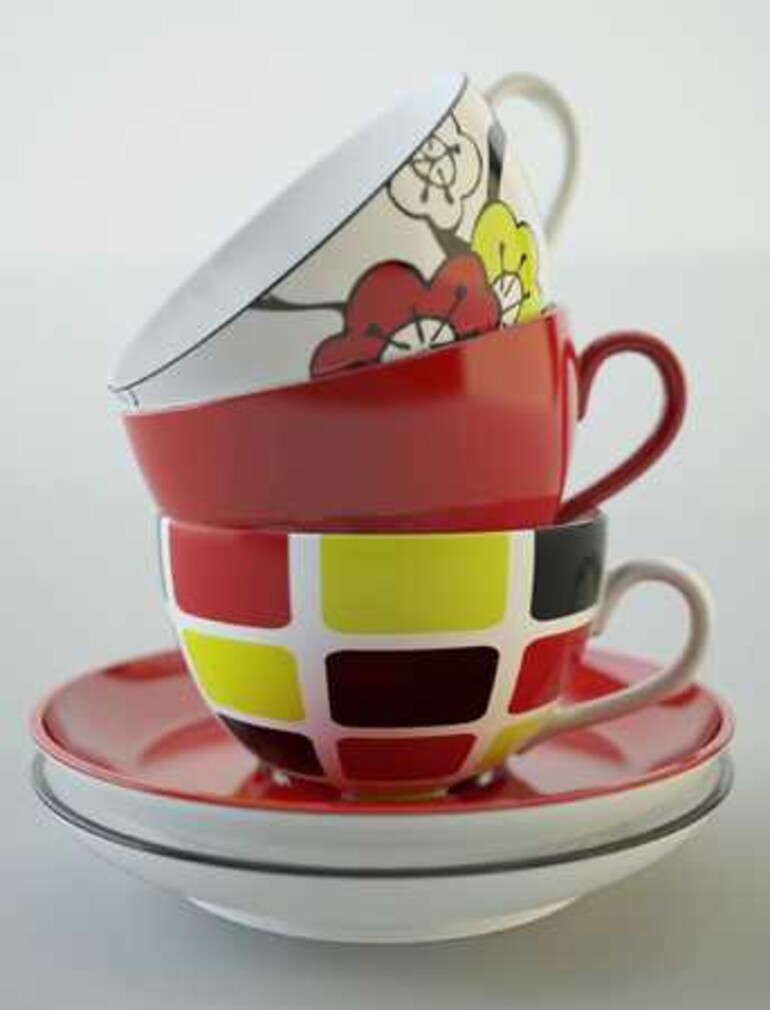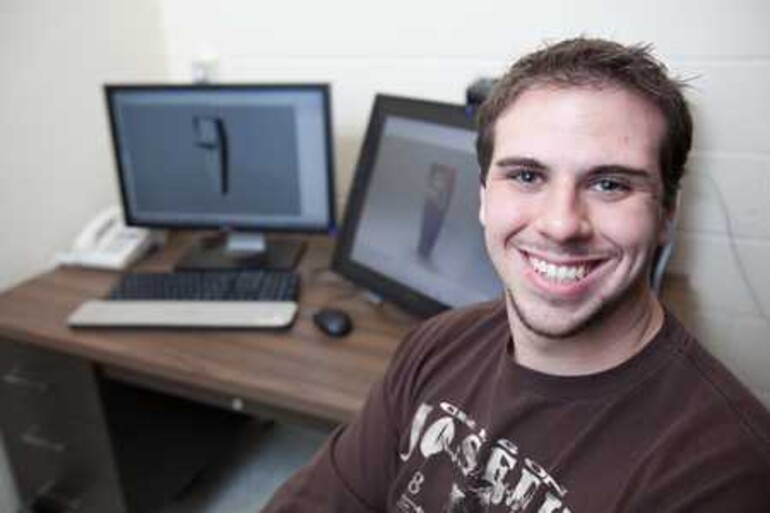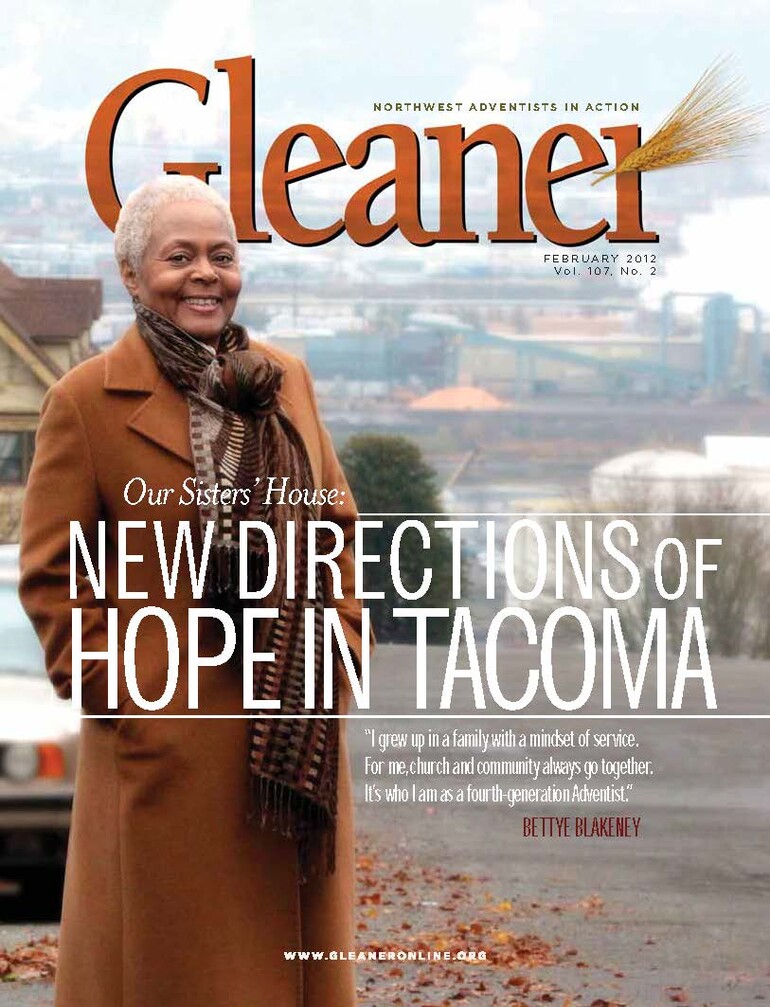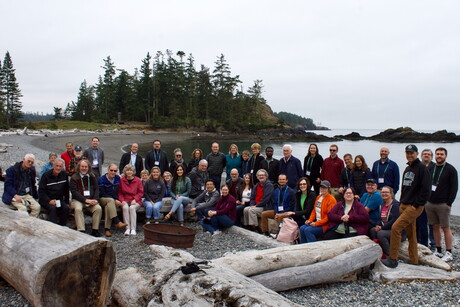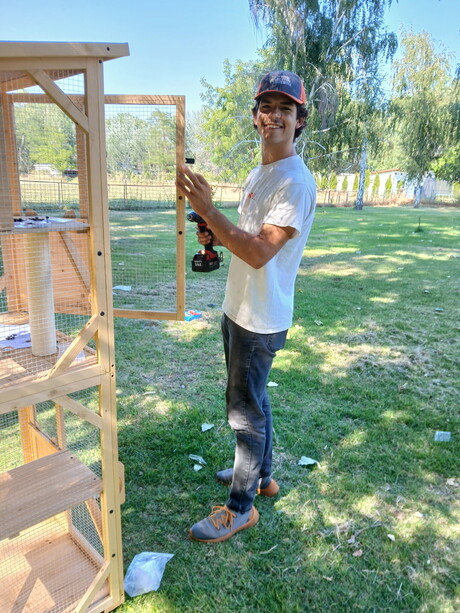Jonathan Ive. Michael Graves. Hella Jongerius. Even if these names don't ring a bell, there's a good chance every household has products created by these designers (iPods, kitchenware, Ikea furniture) or, at the very least, products inspired by these legends. Increasingly, industrial designers are adding improved usability and design aesthetics to products ranging from cars to can openers.
The growing field of industrial design prompted Walla Walla University (WWU) to launch an industrial design program in 2007, the only program of its kind within Adventist higher education. More than 30 students are enrolled as industrial design majors, including Joseph Cawood, senior.
Cawood's route to studying industrial design included a year as an engineering student before he realized his true interest was in design. "Being an industrial designer gives me the flexibility and creativity to design the next generation's products," Cawood says. "When given the opportunity, I excel in taking a client's idea and bringing it to life. Accomplishing these tasks is greatly satisfying."
Industrial design combines the fields of art, business, social science and engineering to design products used by businesses and consumers. These designers are responsible for the style, function, quality and safety of manufactured goods.
To accomplish this work, designers must have a background in both technical skills and creative aptitude. Required classes include 3D modeling, computer-aided drafting, fine art, metal fabrication, photography, consumer behavior and conceptual physics, among others.
"We apply the human aspect to product design," says Bill Lane, associate professor of technology. "Classic schools of design focused only on the aesthetics, whereas today we emphasize the manufacturability, the usability and the aesthetics."
Lane's background has been an invaluable asset in developing the program. The Canadian native has an undergraduate degree in industrial design as well as a master's degree in engineering. In most cases, industrial designers work hand in hand with engineers and other corporate professionals in product development teams.
Cawood is already collaborating with engineers on one of his design projects. He served as the design manager for a WWU engineering student team that developed an information kiosk for a commercial company. Cawood reshaped the kiosk design, adapting its shape for a more pleasing visual appearance and applied company branding specifications.
"Joseph's experience will be invaluable when he enters the job market," says Lane. "Our students are immersed in hands-on projects that give them work experience in the classroom."
Damian Donesky, a 2011 industrial design graduate, is using his wide range of skills at his new job working for Bushwacker, a leading manufacturer of vehicle fender flares and truck accessories. He is a product designer for the Portland, Ore., company.
Industrial design graduates are poised for the job market equipped with knowledge, concepts and skills for making the world a more useable, environmentally friendly place.





